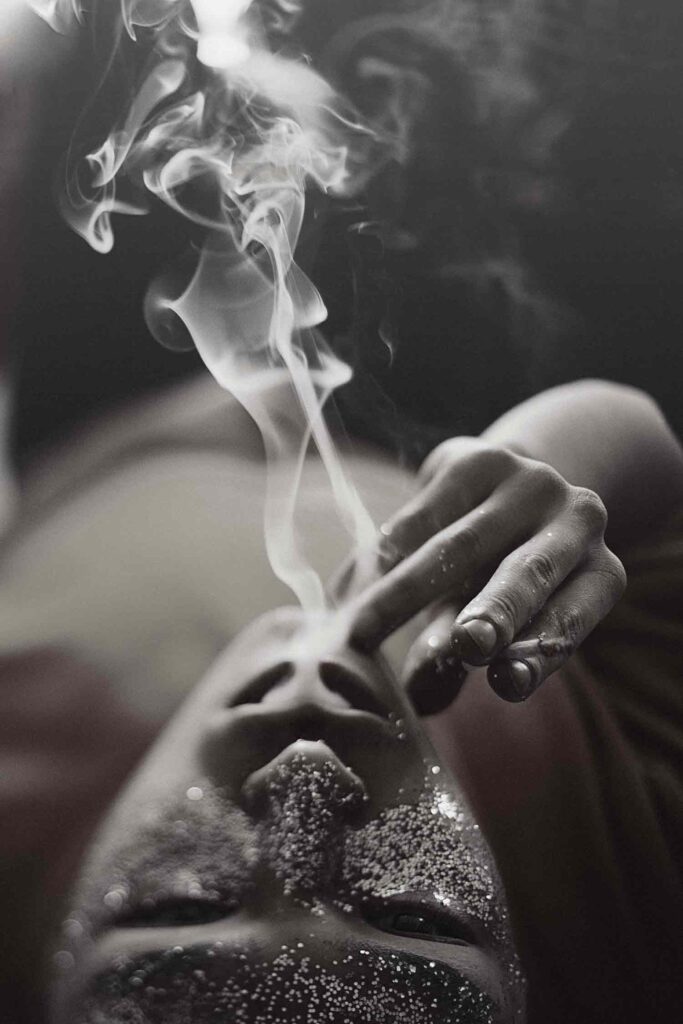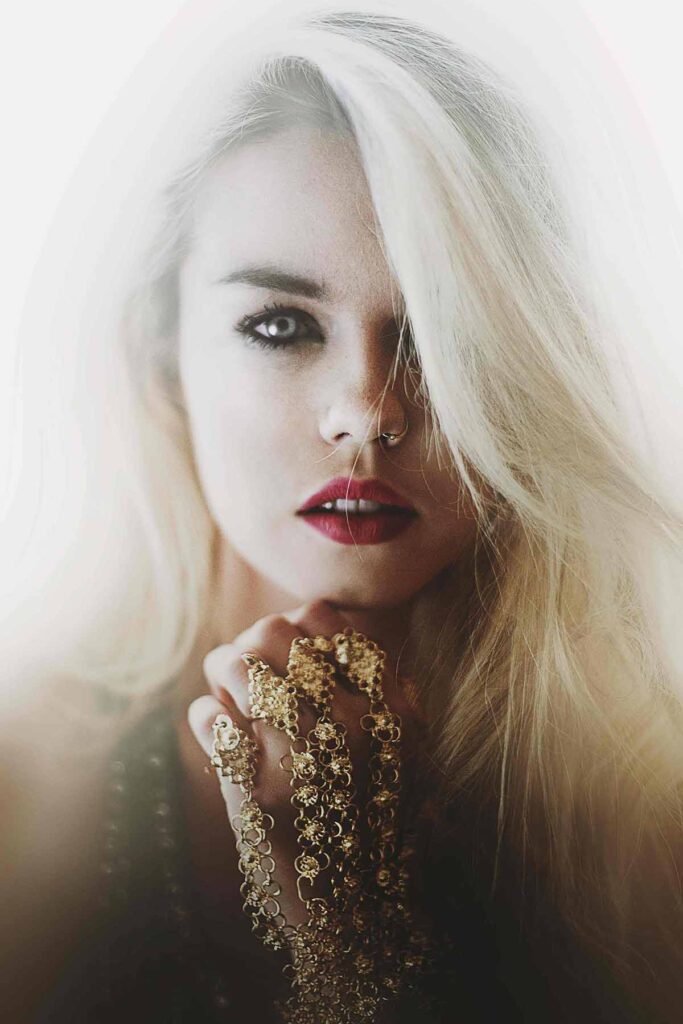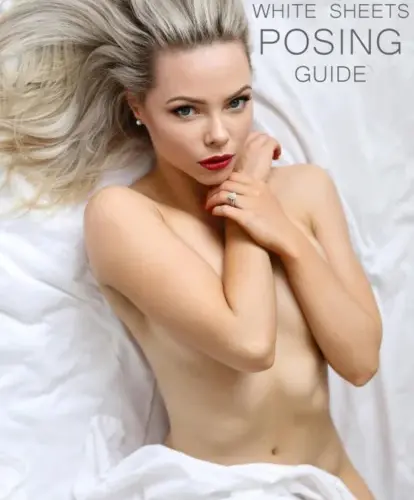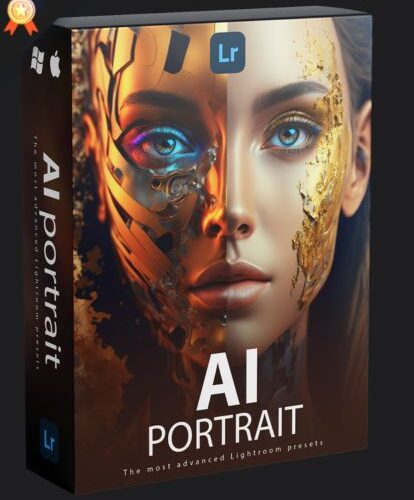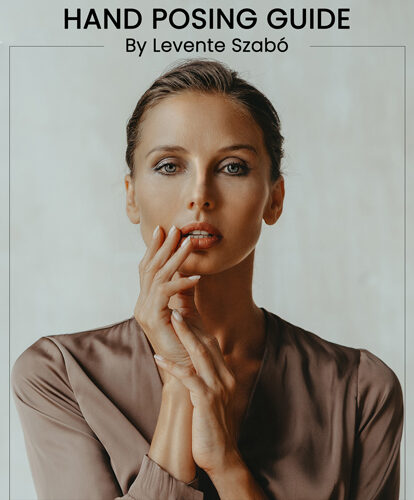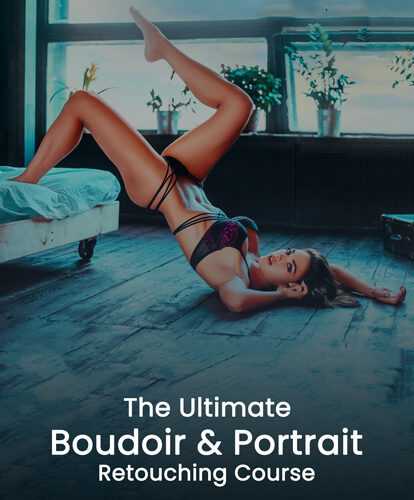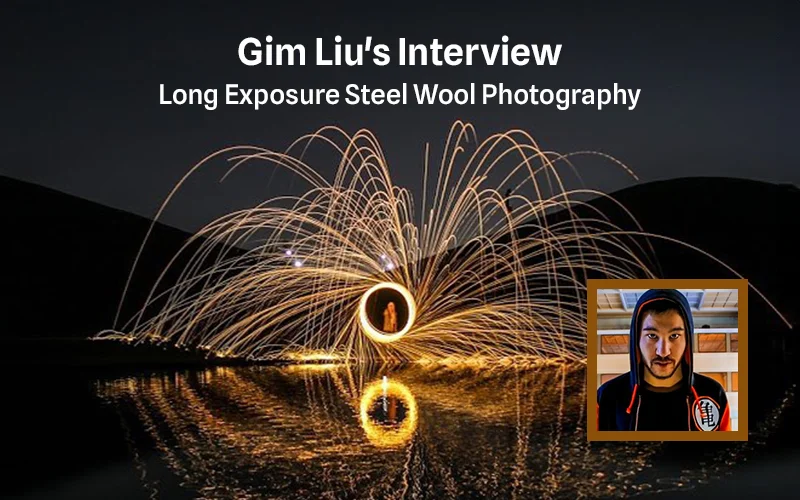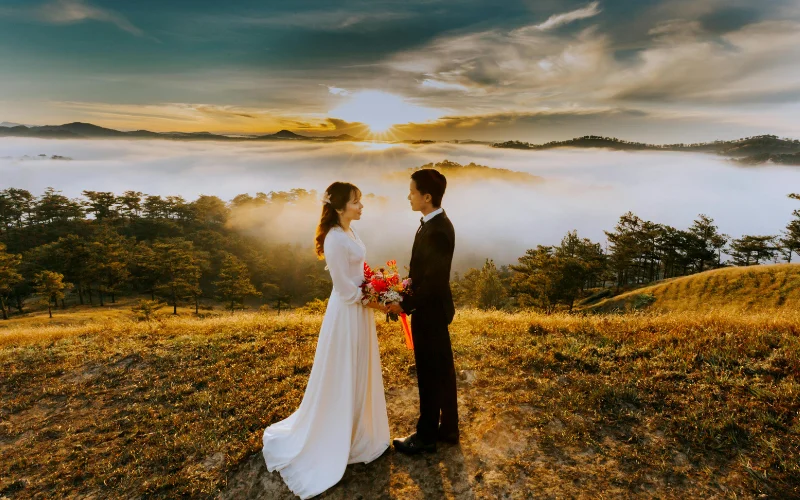I first saw Erica Coburn’s work on Flickrista and was immediately drawn to its painterly qualities. When I asked her to describe her own work Erica Coburn called it, ethereal, surreal, and delicate. I would add something else: precocious. I would’ve never guessed that these photographs were the work of an 18 year old. Or that Dublin based Erica Coburn has only been into photography for a few years. The images I saw were lush, the lighting soft, and the mood, sombre. They seemed too focused for someone, technically, still beginning.
But as is well known, age doesn’t matter. What matters is the final image, and the dedication. The work will speak for itself–everything else is inconsequential. And Erica Coburn’s work has been speaking, she has won several awards and has been featured on Italian Vogue. Not a bad start to what seems like a promising career.
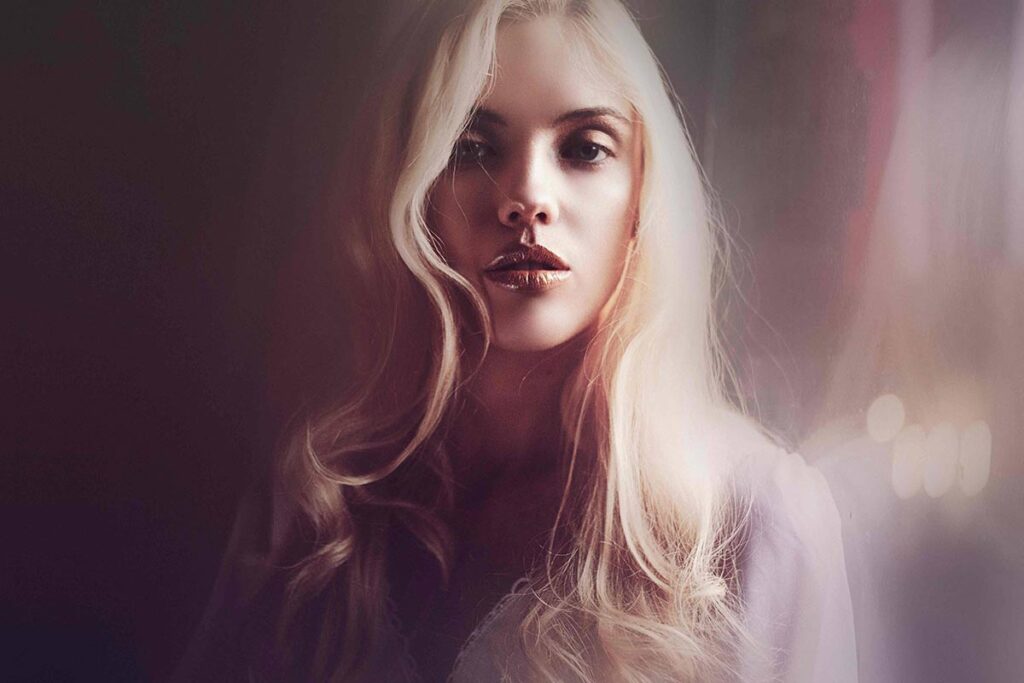
In this interview, Erica Coburn explains how she got her start in photography, gives an overview of her post-processing techniques, and explains why she loves to shoot in natural light.
Scroll down to read the interview with Erica Coburn.
How did you get your start in photography and how would you describe your work?
I have always expressed an interest in art since I was very little, and I knew that I wanted to be doing something creative for a living when I got older. So when I was 16 (while school was relaxed for a bit) I used the free time I had to explore all areas of art, and find out what I loved the most. I started drawing and painting a lot more, and I tried out animation too, but when my Uncle kindly gave me his old Sony DSC-H1 (I have since had numerous step-up cameras until finally upgrading to my Canon 5D mark ii), I developed an interest in photography. I was lucky enough to have some very photogenic friends in school that wouldn’t mind modeling for me! I started taking pictures more often and soon started working with stylists and make-up artists etc. I then discovered some amazing photographers online such as Alex Stoddard, Anastasia Volkova, and Brooke Shaden, and that inspired me to start a 365 photo project, where you take a photo every day for a whole year. I’m about 2/3 of the way through the project! It’s always tough to describe your own work, but if I had to describe it in 3 words I would say; ethereal, surreal, and delicate.
Your fashion work is really creative. What inspires your work? How do you keep your photo shoots fresh and unique?
Thank you! I could babble on for days and days about what/who inspires me, but I’ll try and sum it up. I am very inspired by fashion, nature, surrealism, and fairytales. I don’t even notice when I’m doing it, but when I go back and look at my work, I find that I always incorporate at least one or more of these factors into my photos. They are the things that fascinate me most in the world, and to be honest I didn’t know that about myself until I started photography! I think that there is a lot to be learned about your own subconscious mind from your own personal work. I like to work with a lot of different people, which really helps your work to be varied and fresh, rather than working with the same people all the time and producing similar results. That being said, I have made some good friends through working with them on a few different projects, and it is nice to shoot with people that you’re close with too!
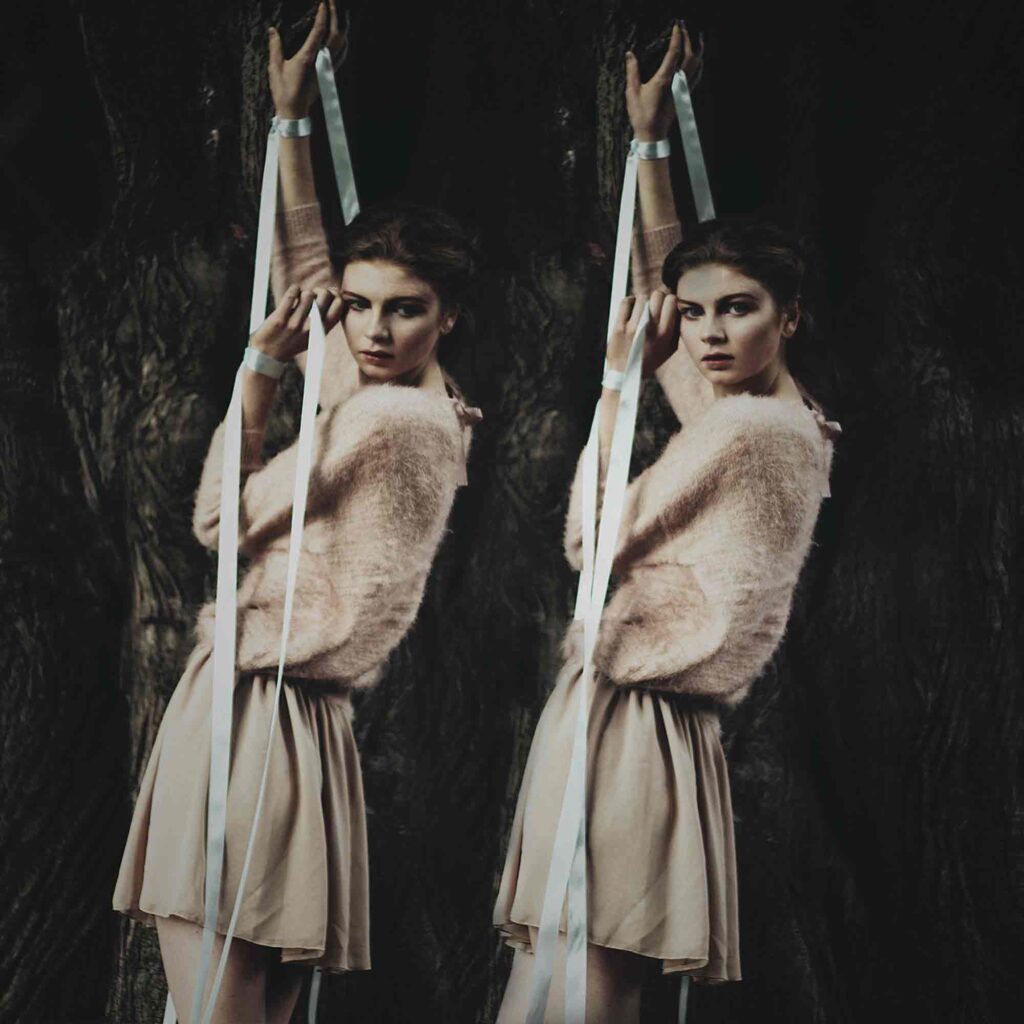
Your studio work seems fun. There are some really fantastic concepts at play. How do you approach your studio work? Any particular steps you follow?
I’ve rented a proper studio with lights and backdrops etc. four times before, mainly when I’m doing simple, natural portraits of models. I first rented one in October 2011, and I had a model, stylist, make-up artist etc. coming in with me. I had no idea how to use the equipment! But you can learn quickly and after a few experimental shots it was easy enough to find a lighting set up I liked, camera settings and poses etc. My go-to studio settings would be around f/8, ISO100 and shutter speed at 1/200. But the main studio I use is my bedroom. I find that the more resourceful I am with things I can find in my house, the more creative the photo will turn out. For example, a lot of the ‘studio’ self portraits that I have done, would be done with a wrinkly bed sheet stuck to my wall with duct tape, and either window light or a lamp or two.

The models and environments for your on-location shoots seem very Irish (at least to my Texan eyes). How do you think working in Ireland has influenced your work?
I hadn’t even noticed how Irish my shoots look, but now that you say it I really see it! As I mentioned before, nature is a big inspiration to me, and the forests and parks to be found in Ireland are really very beautiful, so I like to take advantage of that. The models that I typically like to use are very naturally beautiful, I love freckles, I love wavy/curly hair, and I love quirky features! I’ve worked with a lot of models from an agency here called Distinct Model Management. Everyone I’ve worked with from the agency has been lovely, and they have some of the most striking, naturally beautiful girls in Ireland. Also, the weather here is very gloomy most of the time so I’d say that that definitely contributes to the ‘Irish look’.

You have mentioned on your Flickr account that you like natural back-lit lighting, and many of your photos utilize this beautiful method of lighting. Why do you think you prefer this technique? Any tips for other photographers who also like to work with natural light?
This is definitely one of my favourite ways of working with light! I think it can give such a lovely, light, airy look to a photo. When a photo is backlit, the light that floods in around the subject works as a great way of framing, and flattering the shape of your subject. The biggest piece of advice I could give to other photographers wanting to try this method of lighting, is to get a reflector! If you don’t use a reflector, you could run the risk of the subject looking far too dark in contrast to the background. Also, I would recommend buying a reflector that has a white side on it, sometimes the silver shiny side of reflectors just bounces back the light a bit too harshly, whereas the white side will just offer a softer fill light effect which I think works fantastically for portraits.

The post-processing on your work is gorgeous. Could you give us a quick break-down of your post-processing workflow?
The first thing I do when I open an image in Photoshop, is get any necessary retouching done. I don’t like to retouch the models too much, but just if there’s an annoying piece of hair, or something distracting in the background I would fix it! Then after that I would test out a few different curve adjustment layers, I like to experiment with some different colours with curves, and I would usually add a little bit of grey to the blacks and whites, just to give the photo a generally softer look. After I have experimented for a bit, I’d check to see if the photo might be better suited to black & white, if it is then I tend to add a little bit more contrast. Then I would make a new layer, set it to ‘Soft Light’, fill it with a neutral, non-destructive colour (like grey), and add in some highlights to the nose, cheek bones, hair, eyes, lips, and general bone structure with the dodge tool! That’s my general process in a very summarized paragraph, I hope it makes sense!

You also developed some Photoshop actions. How would you describe the effects of these actions? Which moods would you say they are best for?
I have! Different actions have different effects, some are made especially for backlit photos, and others would be more suited to photos shot on an overcast day etc. Generally the actions would add some contrast and slight colour changes etc. and they are good for getting rid of that dull, flat look you get if you shoot in RAW format. I’d definitely say that most of them are best suited to ethereal, delicate, fashion portraits, but I’ll be making some that are suited for lots of different occasions soon! I’m opening an Etsy shop in the near future where they can be purchased if anyone would like to try them for themselves.
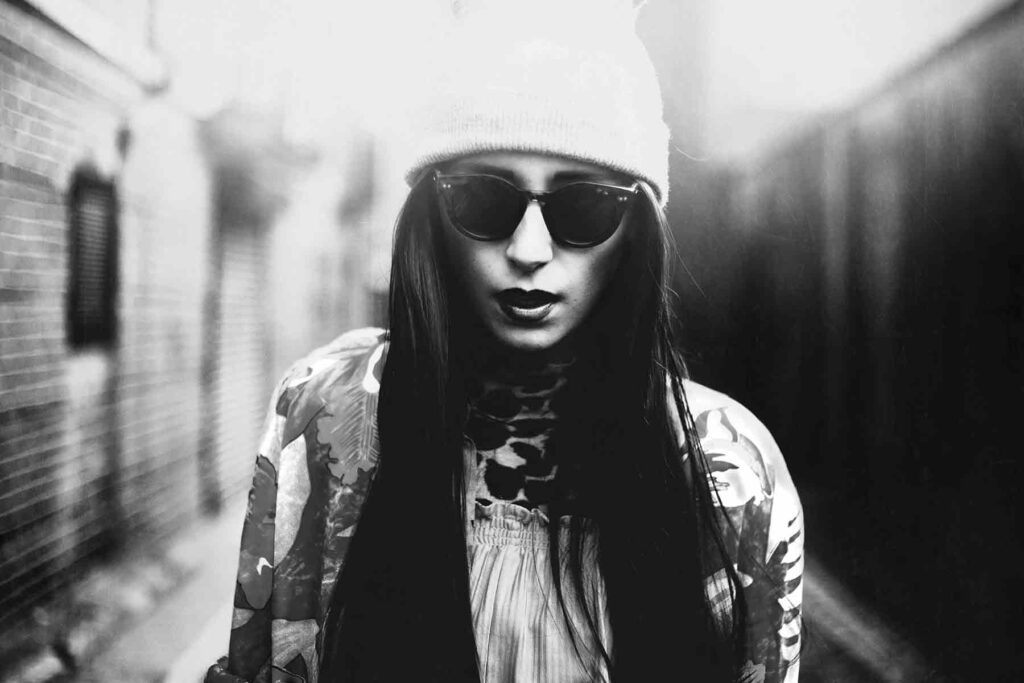
What would you say are the greatest lessons every aspiring fashion photographer should learn?
Contracts! Always have contracts for any paid shoots. I learned that lesson the hard way last year! Make sure that everyone involved in the shoot knows what’s going into the shoot, and what they will be gaining from it. And another lesson to learn is to be creative. Don’t be afraid to go outside of your comfort zone, experiment with lighting, Photoshop, make-up, and collaborate with other creatives that are as eager to create as you are. And most importantly, don’t get frustrated and give up. If what you see in your head when you have an idea isn’t what you’re producing, keep working at it! Think about what more could you do to make your work look how you want it to. Everyone starts somewhere, and if you keep learning and creating, you can only get better.
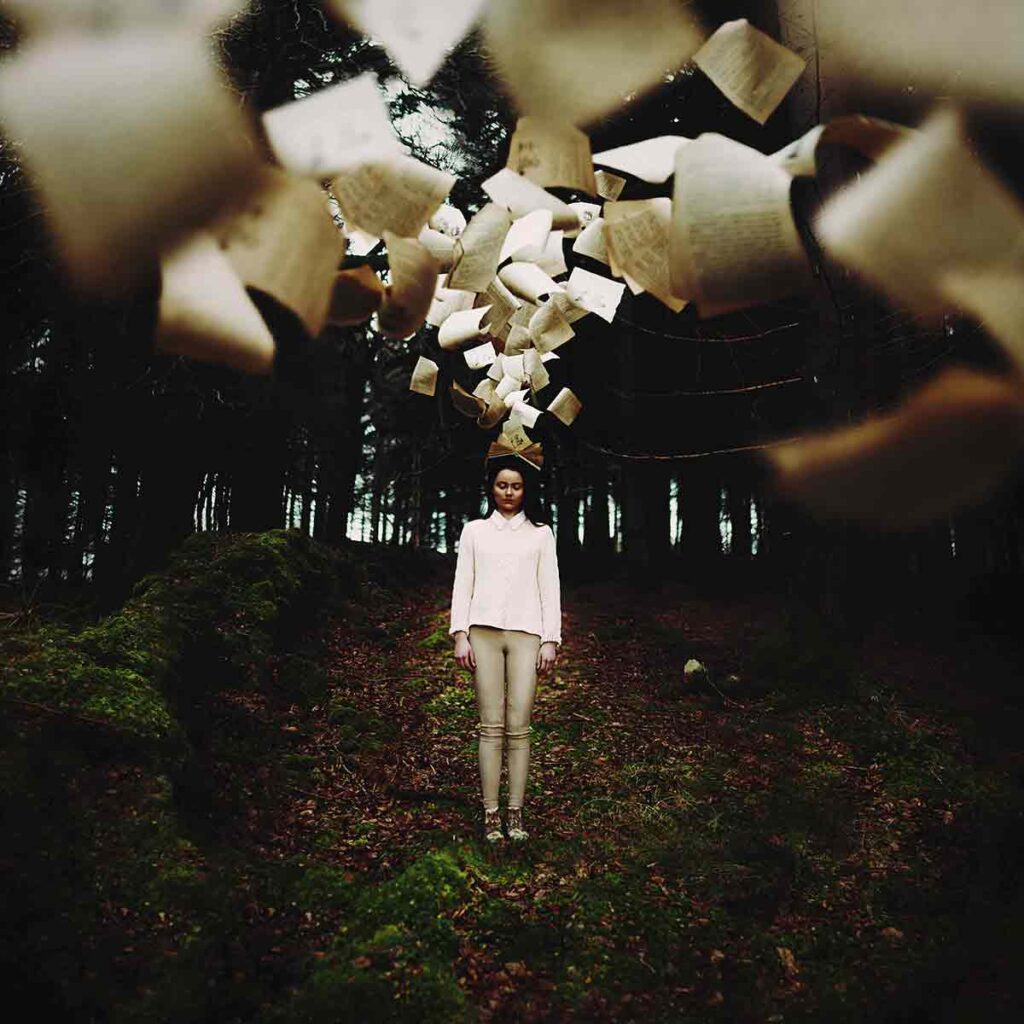
Images that are beyond the capture. Images that tell a story Erica Coburn is an artist of the new breed.
See more of Erica Coburn’s work on Flickr, Tumblr and Facebook.


